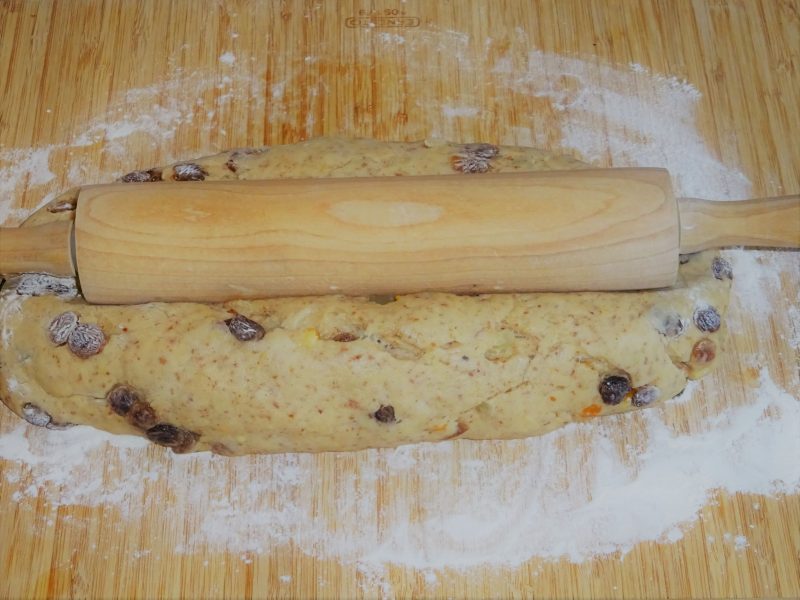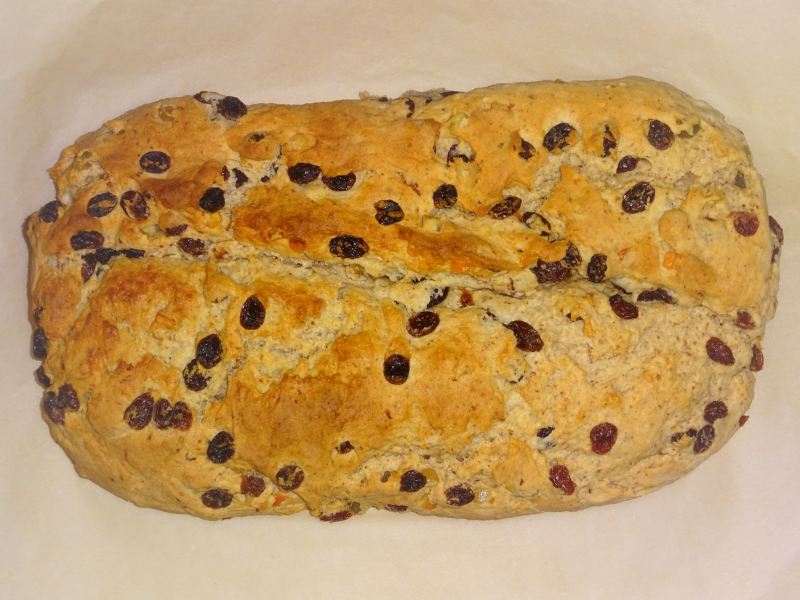Only a few weeks until Christmas left. It is time to bake German Christmas stollen. Stollen is a loaf made from a heavy yeast dough that is baked all year round and there are many different types. The shape is reminiscent of a ‘Stollen’ (= Old German for boundary stone or post). The best known and most popular one is the Christstollen, which is made in the time before Christmas and is thickly dusted with powdered sugar. The Christmas stollen symbolizes the Christ child wrapped in white towels.
The history of Christmas Stollen
The history of the Christmas stollen goes back to the Middle Ages. Apparently, the stollen is one of the oldest known Christmas cakes. In 1329 the Christmas stollen was first mentioned in a document. The bishop of Naumburg, Heinrich von Grünberg, asked the bakers in his diocese to bake two large wheat loaves for him as a Christmas present. These were called ‘Stollen’. However, the very famous ‘Dresden Christstollen’ is only mentioned 150 years later and was first called Christmas bread. This bread consisted only of flour, yeast, water, oats, and rapeseed oil as the church at the time did not allow milk and butter to be used in baking during the pre-Christmas Lent. This Christmas bread was bland and hard. The nobility complained to the Pope with a letter of appeal, also known as a “butter letter”. Pope Innocent VIII then in 1491 allowed the butter to be used to bake Christmas bread. The ingredients have been refined over the centuries. Depending on the baker’s taste and creativity, lemon peel, orange peel, marzipan, poppy seeds, almonds, nuts, and dried fruits are added, making the stollen taste different everywhere.
Now you know already a lot about German Christmas stollen it is time to try your own:
This is what you need for your German Christmas stollen
The Fruits
1/4 cup candied lemon peel
1/4 cup candied orange peel
1 cup raisin
1 orange (organic)
1/2 cup of rum
The Dough
3.75 cups all-purpose flour
1/2 cup sugar
1 cup ground almonds
1/2 tsp cinnamon
1 pinch of nutmeg
1 pinch of salt
the pulp of one vanilla pod
1 yeast cube (or 2 packs instant yeast)
3/4 cup lukewarm milk
1 egg yolk
1 cup butter
Additionally
2 tbsp flour and flour for working the dough
3 tbsp butter
1 cup icing sugar
How to bake your German Christmas Stollen
- Chop the candied lemon and orange peel. Next, wash the orange, dry, and grate the orange peel, then juice the orange. Now, mix the candied fruits, the raisins with the orange juice and peel in a bowl and add the rum. Then let the mixture sit for at least 4 hours so that they are well soaked.
- Prepare your yeast dough:
 In a bowl mix flour, ground almonds, spices, and the pulp of the vanilla. Make a well in the middle, crumble the yeast into it and mix in the sugar and half of the lukewarm milk. Cover the mixture with a clean dish towel and let the yeast rise for 15 minutes. Add the egg yolk and half of the soft butter, mix all with your kitchen machine. Slowly add the rest of the butter, let the dough rest for 1 hour.
In a bowl mix flour, ground almonds, spices, and the pulp of the vanilla. Make a well in the middle, crumble the yeast into it and mix in the sugar and half of the lukewarm milk. Cover the mixture with a clean dish towel and let the yeast rise for 15 minutes. Add the egg yolk and half of the soft butter, mix all with your kitchen machine. Slowly add the rest of the butter, let the dough rest for 1 hour. - Drain the fruit mixture, add the fruits and 2 tbsp flour and knead them in the dough.
- Shape the dough on a lightly floured work surface into an approx. 12 inch long and 5-inch wide rectangle.

Preheat the oven to 430 F . Cover the baking sheet with baking paper.
- Use the rolling pin to make a hollow in the dough lengthways.

Now fold one side of the dough over so that it rests on the other side and is facing up. Press this on.

Place the Stollen on the prepared baking sheet and put it in the oven. Now reduce the oven temperature to 320 F. Bake the stollen for 45 minutes.

- Melt the butter. Grease the Chritmas tollen generously with the melted butter and let it soak. Dust the Christmas stollen thickly with powdered sugar.

My relatives and friends are always very happy when I bring home-baked Stollen for coffee or a cup of tea at Christmas time. A stollen not only tastes good but belongs on every set table where it creates a beautiful Christmas atmosphere.
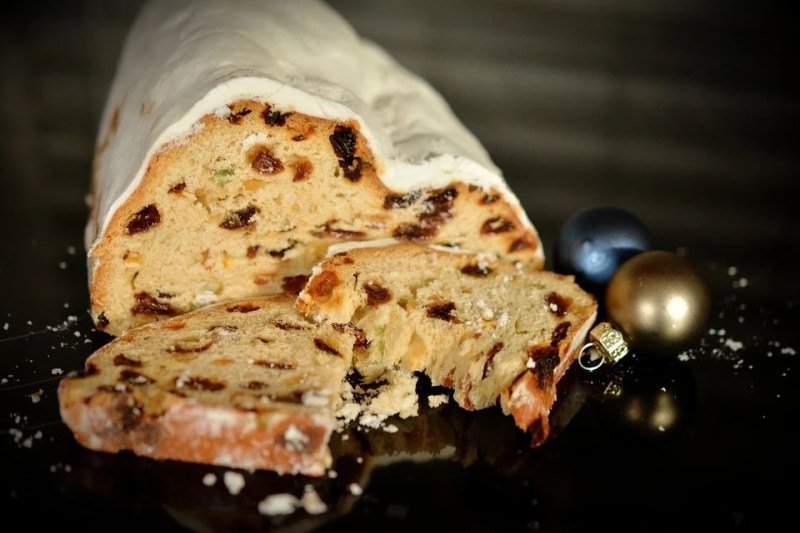
- Cook Pork Shoulder In A Crock Pot - August 28, 2022
- 10 Easy and Delicious Italian Ground Beef Recipes - July 2, 2022
- Homemade Italian Meatballs - June 25, 2022


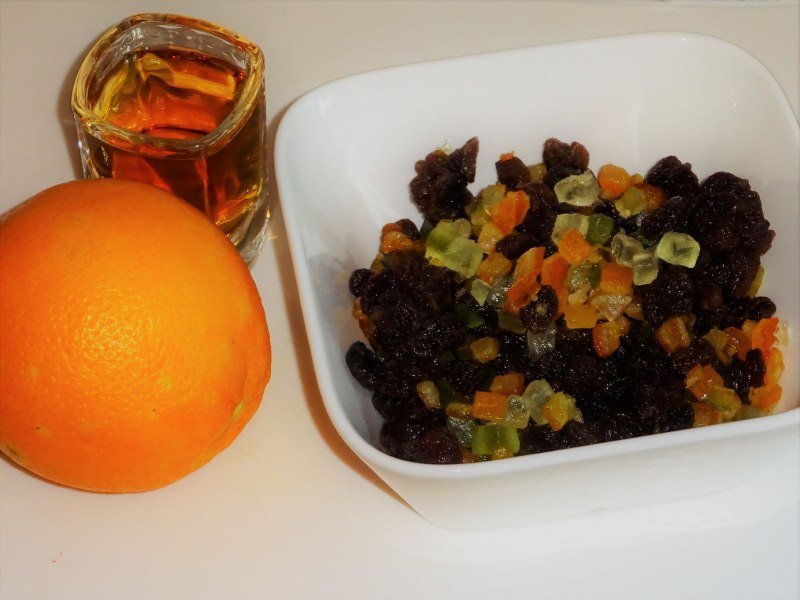
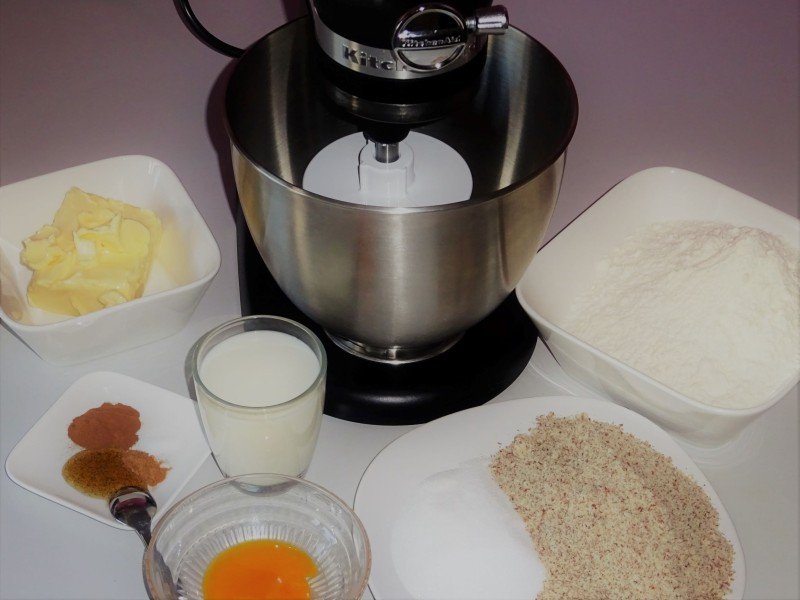
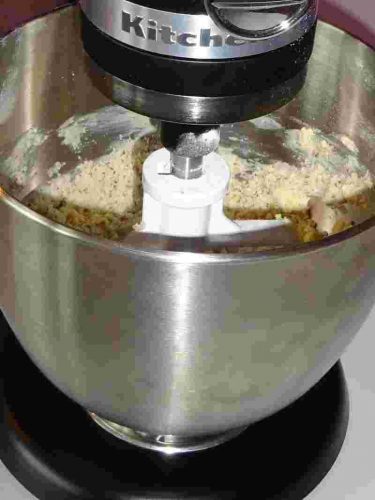 In a bowl mix flour, ground almonds, spices, and the pulp of the vanilla. Make a well in the middle, crumble the yeast into it and mix in the sugar and half of the lukewarm milk. Cover the mixture with a clean dish towel and let the yeast rise for 15 minutes. Add the egg yolk and half of the soft butter, mix all with your kitchen machine. Slowly add the rest of the butter, let the dough rest for 1 hour.
In a bowl mix flour, ground almonds, spices, and the pulp of the vanilla. Make a well in the middle, crumble the yeast into it and mix in the sugar and half of the lukewarm milk. Cover the mixture with a clean dish towel and let the yeast rise for 15 minutes. Add the egg yolk and half of the soft butter, mix all with your kitchen machine. Slowly add the rest of the butter, let the dough rest for 1 hour.
